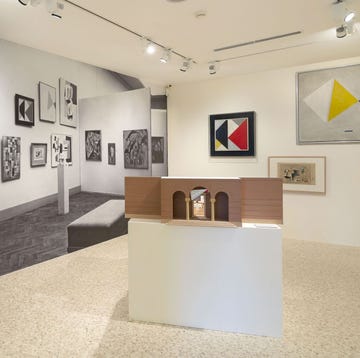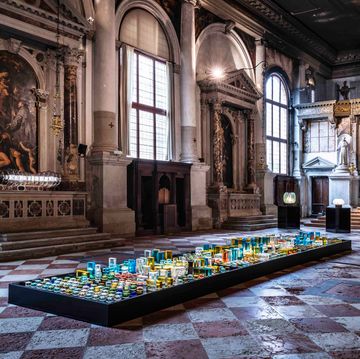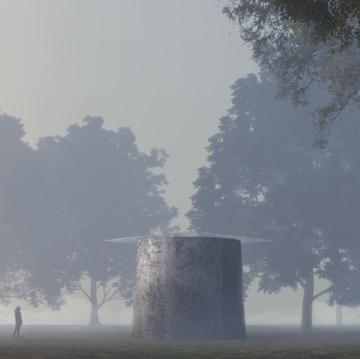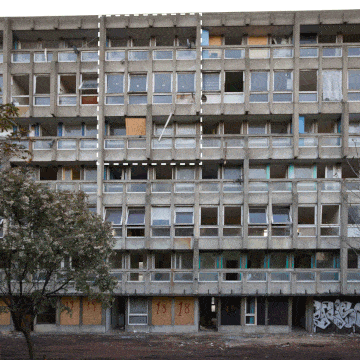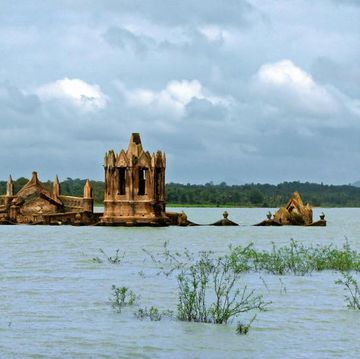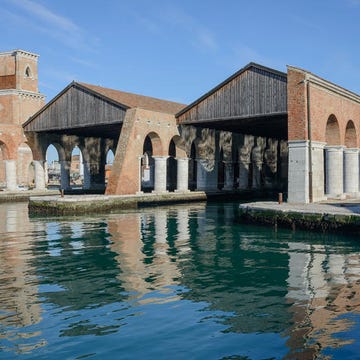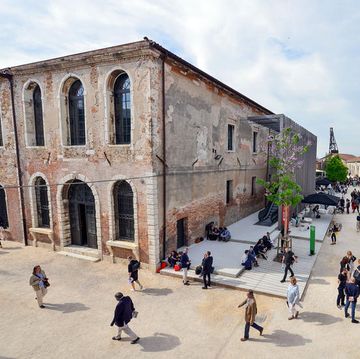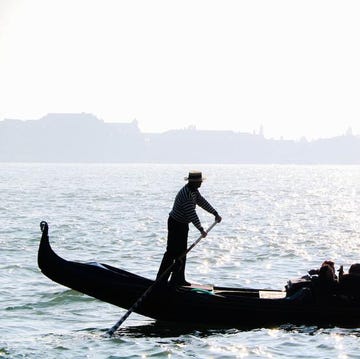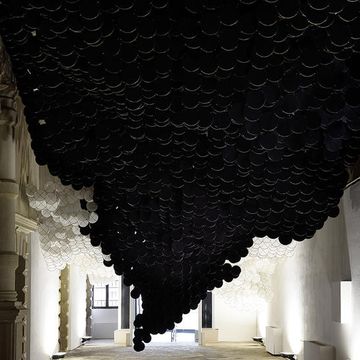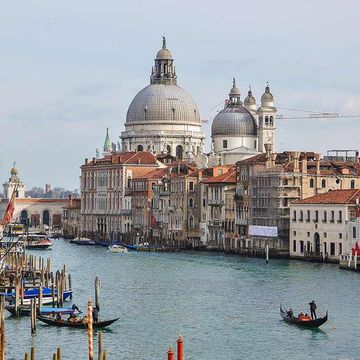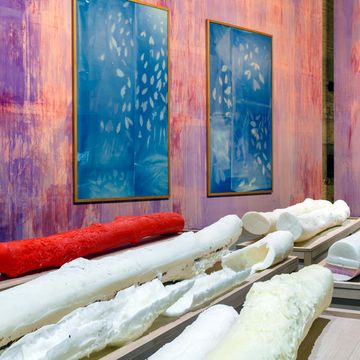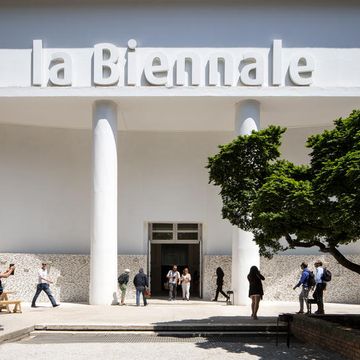The experience of a visit at Venice Biennale 2017 includes also the grand tour of the national pavilions at the Napoleonic Giardini (to which have to be added some more national participants based in the Arsenale): this is probably the most distinctive moment of the Biennale’s historic structure, a fiesta mobile, in Hemingway’s words, that enables to cross the borders of countries, which, on the waters of the Venice lagoon, under the trees of the Giardini, or among the armouries of the Arsenale, offer the message of their art to the international visitor. Viva Arte Viva, the title–slogan of the 57. International Art Exhibition chosen by the French curator Christine Macel, aims to convey the idea that art and the lives of artists are an incredibly powerful tool to interpret the complexity of our paradoxical contemporary universe. Macel did not just work on the main spaces of the Central Pavilion and of the Arsenale, but she also closely collaborated with the curators of each national pavilion, to create a leitmotif linking the general theme of the exhibition with the micro-worlds of each pavilion.
Here’s a selection of national pavilions not to be missed during your visit of the Biennale Arte 2017.
The Netherlands
In the Dutch pavilion, you will find Cinema Olanda, by artist Wendelien van Oldenborgh (curated by Lucy Cotter): the space of the pavilion designed in 1953 by Gerrit Rietveld is transformed into a multiplex cinema, in which the protagonist is Dutch architecture, from the modern movement all the way to contemporary times. The artist follows a logical itinerary that ties architecture and life indissolubly together - a synergy able to trigger and assimilate social changes.
Spain
Spain brings to Venice ¡Únete! Join Us!By Jordi Colomer (curated by Manuel Segade): the Spanish artist, whose background includes architecture and history of art, interprets the city as the place to create nomadic and unplanned spaces, where to generate temporary collective circumstances that tear down spatial and jurisdictional borders. For Colomer, “the city is something that needs to move” and the sense of community can become the poetic occupation of a work-in-progress utopia.
Denmark
A magical atmosphere characterises the Danish pavilion: influenza.theatre of glowing darkness by Kristine Roepstorff is a double installation that involves the interior and exterior of the edifice. Inside the building, one experiences the spectacle of light beams and sounds wrapped in darkness. The artist interprets obscurity not as a negative element - the absence of density transforms itself into an opportunity for the rebirth of light. Outside, the architecture of the pavilion has been completely transformed: the greenery of the Giardini merges with the pavilion to form a single organism that metabolises plants, soil, stones, and bricks.
Russia puts on stage Theatrum orbi, with the works of three artists: Grisha Bruskin, Recycle Group, and Sasha Pirogova. The title of the exhibition, named after the first Atlas in history by Flemish cartographer and geographer Abraham Ortelius, can be translated as “Theatre of the world”. The Russian artists put on a three-act representation of the sins of the contemporary world. Bruskin fills the stage with hundreds of human figures, hybrids, drones, archaic idols, and soldiers fighting against the absolute power craved by everyone; Recycle Group realised a series of sculptures that reproduce the punishment of the damned in Dante’s ninth circle of hell (treachery), whereas Sasha Pirogova’s video is a tale of immortality intended as the infinite reproduction of the life–death dichotomy.
Nordic Countries (FINLAND - NORWAY - SWEDEN)
In the pavilion of the Nordic Countries, Mirrored (curated by Mats Stjernstedt) shows the works by six artists, Siri Aurdal, Nina Canell, Charlotte Johannensson, Jumana Manna, Pasi Sleeping Myllymäki, and Mika Taanila. This exhibition aims to express through art the relationships among the countries of this region — Sweden, Norway, and Finland. If in previous years the individual countries took turns in choosing a single artist, in this year’s project all three nations are represented at the same time. Among the works on display, the most striking is the sculpture Flying Wave by Siri Aurdal, realised in glass fibre reinforced with polyester pipes, which seems to be the fluid continuation of the longitudinal beams of the cover of the pavilion, designed in 1962 by Sverre Fehn.
France
With Studio Venezia (curated by Lionel Bovier and Christian Marclay), Xavier Veilhan transforms the French pavilion’s interiors into a music hall and recording studio. The artist, who has always been interested in the relationship between architecture and sound, decided for a complete make-over of the pavilion citing the Merzbau by Kurt Schwitter: shapes of not-quite-Euclidean geometry and solids extruded from the walls and ceiling build a cave-like world that behaves like a high-performance sound box. Veilhan invited to the exhibition a long list of musicians and sound technicians to use this space at will and without time limitations, creating improvised musical performances visitors can attend.
Germany
In the German pavilion — awarded with the Golden Lion for Best National Participation — Anne Imhof represents Faust (curated by Susanne Pfeffer). The building’s interior, aseptic and blindingly white, is modified by a raised floor made of glass plates: a border a number of young people of disturbing and atypical beauty move about, in a sequence of performances expressing violence, eroticism, love, repulsion, and dependency. Anne Imhof rewrites a Faust 2.0: Goethe’s and Mann’s Faust was obsessed with the idea of controlling the knowledge of the world, now history has overturned man’s fate condemning him to be the victim of systems that control his life constantly. Outside, the pavilion is surrounded by a tall metal fence guarded by Dobermans, new hellhounds of a corrupt world plunged into techno-capitalism.
Great Britain
Phyllida Barlow is the star of the British pavilion (curated by Delphine Allier and Harriet Cooper): folly, the oversize exhibition, takes possession of the architecture of both the interior and exterior of the building. Barlow started from the definition of the word folly, with its two meanings: a purely decorative object without any function (an artist’s whim) or the expression of a merry madness. The British pavilion embraces equally both meanings, which coexist along the exhibition route. Large sculptures in dark gray tones are made up of poor and easily sourced recycled materials, like wood, fabric, and concrete, mixed with bright red, pink, and orange pigments. These imposing artworks reach up to the ceiling filling, or better smothering, the building’s interior and forcing visitors to find a way out of the massive sculpture maze.
Japan
In the Japanese pavilion, with Turned Upside Down, It’s a Forest (curated by Meruro Washida), Takahiro Iwasaki puts on display a series of works that seize on the poetics of paradox typical of the Japanese culture - a strong sense of animism, whereby faith is expressed through respect of Nature, in opposition to the cumbersome presence in the landscape of high-voltage pylons and the infectious effects of oil platforms. Additional interpretations of the theme of the exhibition are the double-headed models in elm wood of two traditional architectures that interrogate us on the subject of the authenticity of the double.
Israel
With Sun Stand Still (curated by Tami Katz-Freiman), Gal Weinstein confronts critically the myths of Zionism delving into his own obsession to stop time. Like Joshua, who, according to the Biblical myth, caused the sun to stand still to win the battle against the king of Canaan, Weinstein freezes the space of the Israeli pavilion into a post-apocalyptic scene awaiting salvation. In the middle floor, Weinstein realises an organic installation representing the Jezreel Valley — a once a fertile plain that is now a sterile and abandoned land — with a polyurethane surface steeped in coffee and sugar: as these perishable materials rot, over the six months of the exhibition, the growing moulds will cover the entire ‘soil’.
Greece
With Laboratory of Dilemmas (curated by Orestis Andreadakis), George Drivas rewrites in a contemporary key Aeschylus’s tragedy The Suppliants, at the centre of which is the king of Argos racked by doubt: saving or expelling a group of Egyptian women fleeing their forced marriages. Starting from the study of what is left of the audio documentation of a mysterious experiment conducted in secret by a Greek doctor in an unidentified location in Central Europe, Drivas rebuilds the intricate maze of the laboratory, based on the descriptions made by the Greek doctor himself in the audio recordings. Five videos were then realised where some actors — among them Charlotte Rampling — recreate the scene in which the team of researchers discuss with the lead doctor, who, like the king of Argos, finds himself unable to take a clear-cut decision when faced with the emergence of a series of complications in the experiment. What is our responsibility in the fate of others?
Last tip, in the Arsenale, do not miss the Argentine pavilion, where you will find the titanic equestrian statue by Claudio Fontes, and the New Zealand pavilion, the venue of the screening of the single-channel ultra HD exotic video in pursuit of Venus [infected]by Lisa Reihana, which transforms into live action the 1805 painting by Jean Gabriel Charvet The Voyages of Captain Cook (Les Sauvages de la mer Pacifique).
All the photos: 57. International Art Exhibition - Venice Biennale, Viva Arte Viva
Opening photo: GERMANY IS THE WINNER OF THE GOLDEN LION FOR BEST NATIONAL PARTICIPATION AT THE 57TH INTERNATIONAL ART EXHIBITION. IN THE PHOTO: BILLY BULTHEEL AND FRANZISKA AIGNER IN ANNE IMHOF, FAUST, 2017, GERMAN PAVILION.
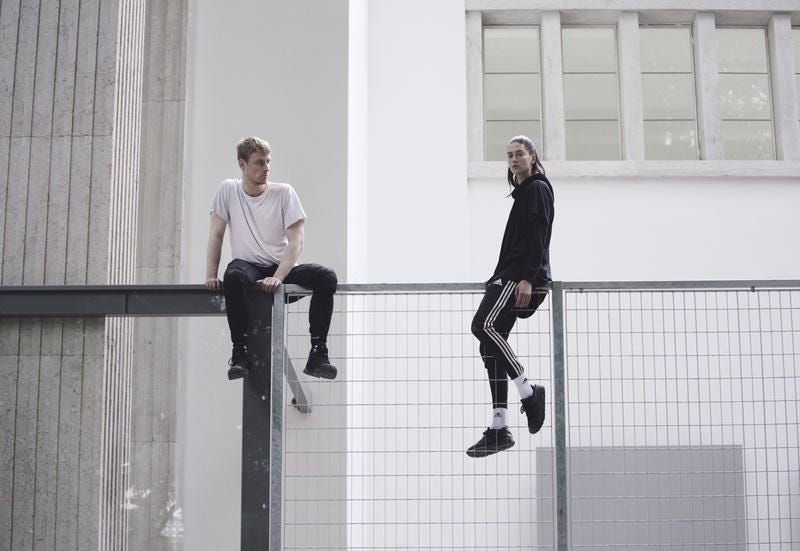
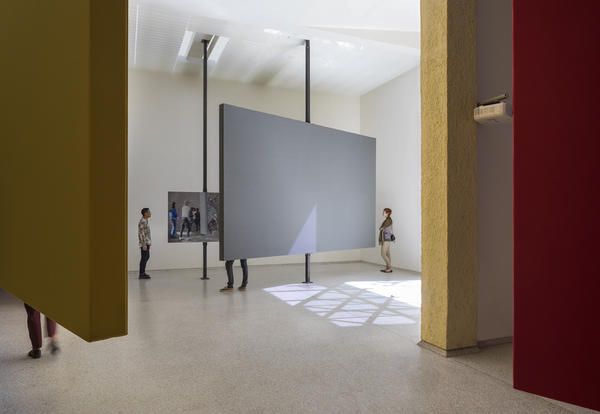
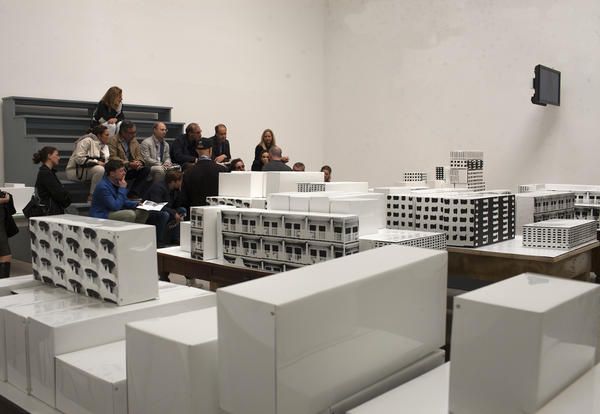

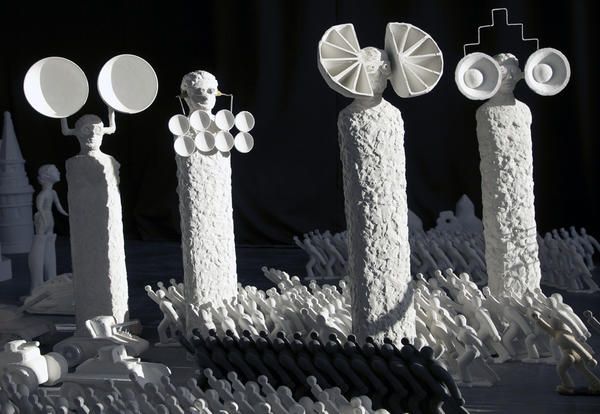
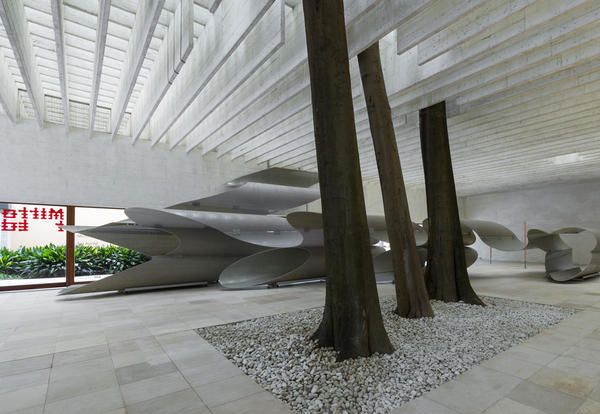
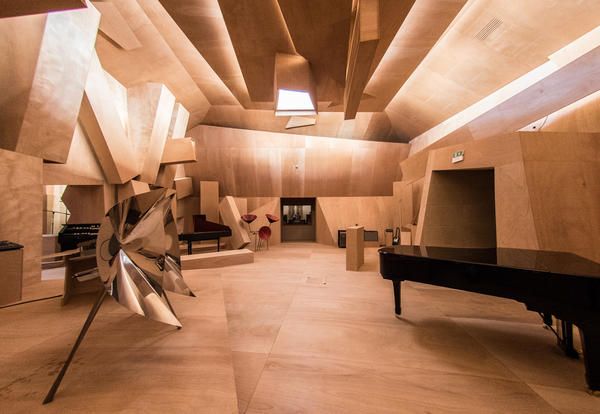
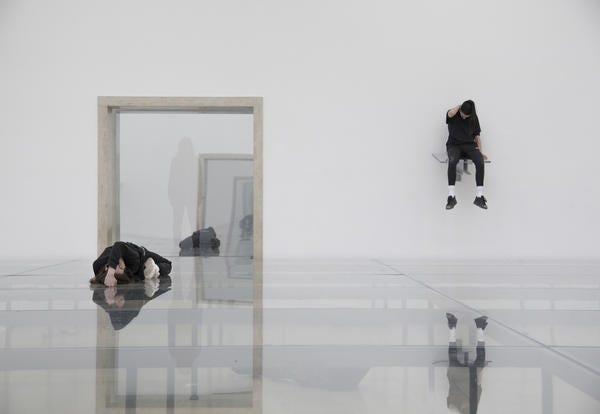

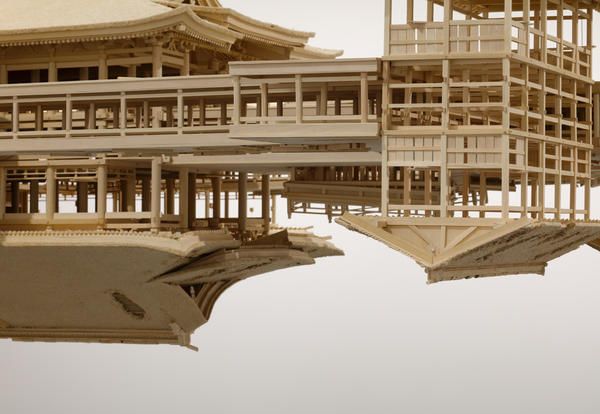
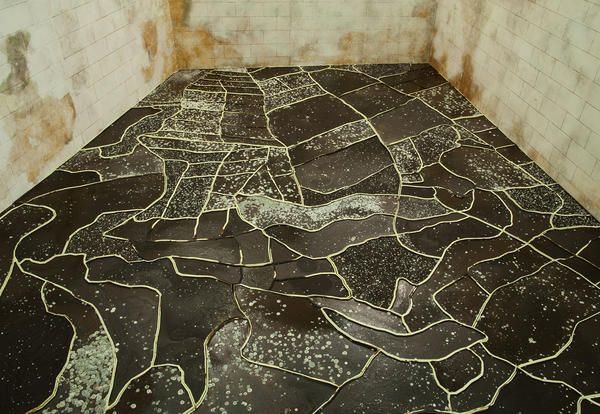
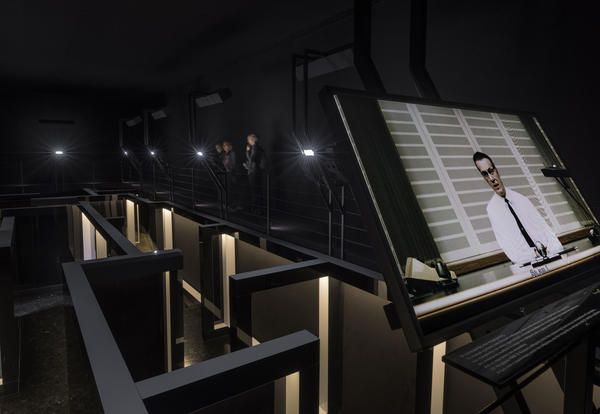
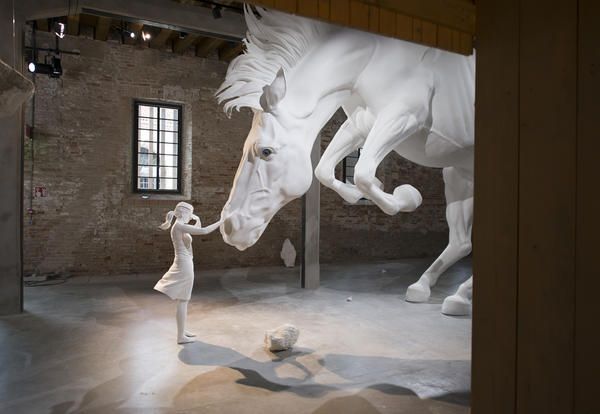
![In Pursuit of Venus [infected], 2015–17,Lisa Reihana, Emissaries, Pavilion of New Zealand In Pursuit of Venus [infected], 2015–17,Lisa Reihana, Emissaries, Pavilion of New Zealand](https://hips.hearstapps.com/hmg-prod/images/13-giardini-nuova-zelanda-reference-1525874289.jpg?resize=980:*)

